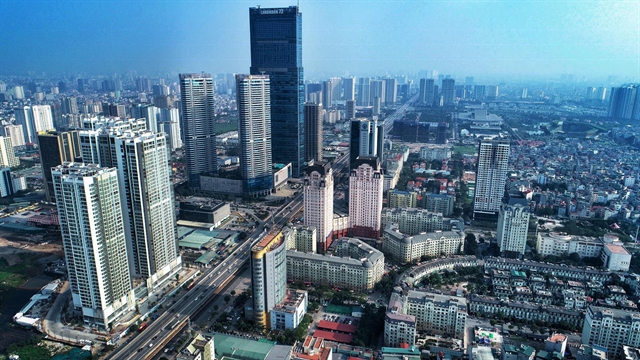
HÀ NỘI — There must be significant changes in the mindset and new momentum for building national master planning on development, Minister of Planning and Investment Nguyễn Chí Dũng said.
At present, the ministry is consulting with experts and scientists on a report about orientations for the national master planning until 2030, with a vision towards 2050.
The national master planning is scheduled to be submitted to the National Assembly in October.
Minister Dũng said the building of the master plan needs the engagement of the entire political system, ministries, agencies, experts, scientists and institutes, as it would be used for the formation of other planning schemes.
It is set to create an effective, sustainable national development model, form key economic regions, economic centres and strategic urban areas, with modern, synchronous infrastructure.
It is also expected to spur national economic growth and contribute to fulfilling Viet Nam’s target of becoming a developing nation with modern industry and high-middle income by 2030, and a developed country, with high income, a harmonious society and a quality, clean and safe environment.
The minister, however, pointed out bottlenecks in the mindset, saying breakthroughs have yet to be made, making the country lag behind global trends and changes.
Trần Hồng Quang, head of the Việt Nam Institute for Development Strategies, suggested prioritising investment in the areas that have advantages in terms of geographical location, infrastructure and human resources, in order to turn them into locomotives of development.
There should be North-South and East-West economic corridors, along with major economic regions that would drive the national economy, he said.
According to the report, in the period from now to 2030, it is expected to prioritise the development of the Eastern Economic Corridor and the coastal strip.
Regarding the East-West economic corridors, priority should be given to building economic corridors with many favourable conditions such as the development of a key transport system including seaports, international border gates and international airports.
At the same time, priority should be given to developing corridors capable of linking with regional and international economic corridors.
In addition, Quang said, Việt Nam now has four key economic zones with a fairly large scale, including 24 out of 63 central-run provinces and cities.
The scale of the key economic zones is large but there are no outstanding incentive mechanisms and policies, so many localities in the key economic zones have a development level below or equivalent to the national average.
On the basis of current key economic zones, Quang proposed, the master plan should select a number of regions to form dynamic regions of the country. These regions must be at the most favourable locations, have international airports and seaports in combination with transhipment ability, and also have scientific and technological potential, and high-quality human resources.
After identifying the prioritised economic corridors and economic dynamic regions, it is necessary to arrange space for the development of production, infrastructure networks, and urban systems, said Quang.
Other experts emphasised the need to deal with roadblocks in planning, and shared their views on different issues mentioned in the report like the division of regions. — VNS
Xem thêm: lmth.strepxe-tesdnim-hguorhtkaerb-sdeen-gninnalp-retsam-lanoitan/3897511/ymonoce/nv.swenmanteiv